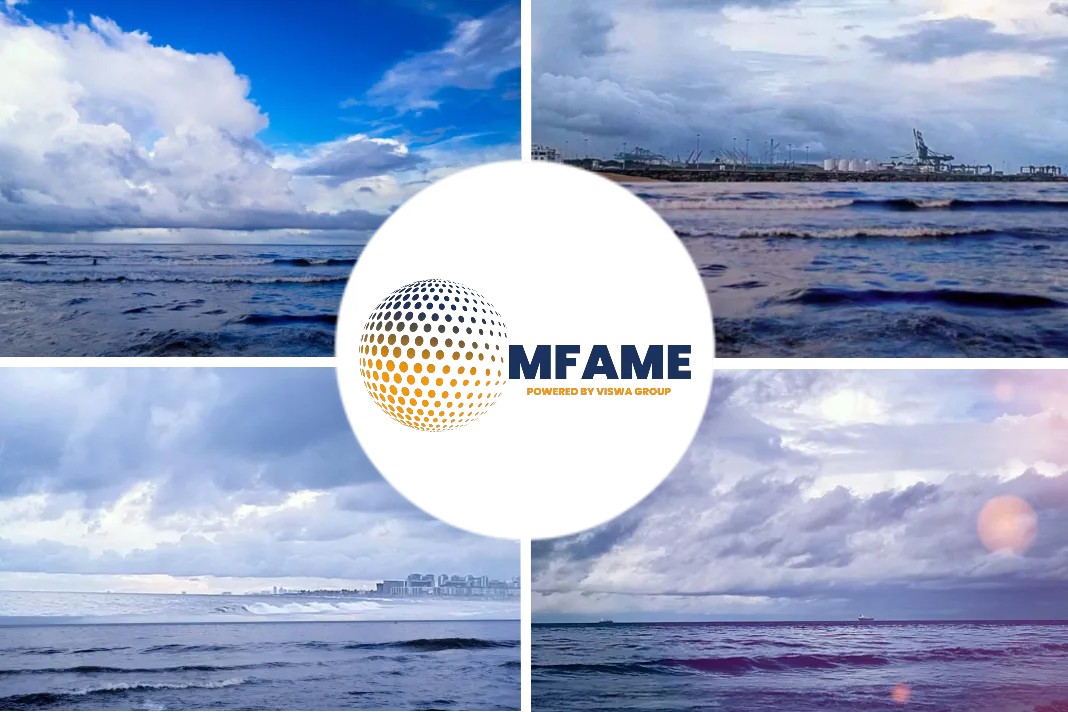A recent news article published in the rigzone states that can Europe Live Without Russian Gas?
Standard Chartered analysts
Thanks to the strength of the inventory build, Standard Chartered analysts now think Europe can get through a winter comfortably without Russian gas, a new report by the company has revealed.
The analysts outlined in the report that it was once thought unthinkable that Europe could achieve this feat but highlighted that they thought Russia’s gas threat had failed politically.
“EU gas inventories are still building relatively strongly, despite Russia cutting flows through the Nord Stream pipeline to just 20 percent of capacity,” the analysts noted in the report.
“The week on week increase in inventories has only rarely fallen below the five-year average during the past three months and it has stayed above since 1 July. Inventories stand at 81.9 billion cubic meters (bcm) as of 7 August, just 0.4 bcm below the five-year average, having been 13.2 bcm below it on 24 February when Russia invaded Ukraine,” the analysts added.
“The seasonal build is running about nine weeks ahead of last year, with the year on year increase at 14.2 bcm. We expect 2021’s maximum inventory of 87.9 bcm to be surpassed in about two weeks; the injection season will end with around 103 bcm, which should provide sufficient insulation even if no more Russian gas flows,” the analysts continued.
In the report, the analysts noted that, due to higher imports of liquefied natural gas and lower demand, inventories have built well, despite an 80 percent reduction in flows through Nord Stream and a 70 percent fall in total Russian gas exports to the EU.
“The leverage available to Russia from jeopardizing the remaining 20 percent of Nord Stream flows appears limited, in our view. The situation has been further improved by news that the Freeport LNG facility is likely to reopen earlier than expected, possibly restoring full production as early as October and providing a significant offset should the remaining Nord Stream flows disappear,” the analysts stated in the report.
In a previous report sent to Rigzone in July, Standard Chartered analysts outlined that, if EU inventories surpassed 100 bcm by the end of the injection season, they thought the power of Russian gas as a weapon will have been removed. The analysts warned in that report, however, that, in the interim, upside price risk and the danger of demand rationing in energy-intensive industries remained.
EU Gas Demand Reduction
Earlier this month, Rystad Energy Analyst Karolina Siemieniuk highlighted that 27 European Union countries agreed on July 26 to reduce gas demand by 15 percent from 1 August 2022 to 31 March 2023, compared with their average consumption in the same period of the years 2016 to 2021, which the analyst said amounts to about 42.5 bcm of gas.
“Only Hungary is still opposing the plan and stated earlier this month it was not going to export fuel to other countries in the bloc,” Siemieniuk stated in a market note sent to Rigzone.
“The agreement, which also includes provisions for sharing gas in the event of a supply crisis, is a critical measure that is now set to last a year. The individual EU countries are expected to fix the practicalities of this agreement soon,” the analyst added.
“Member states will need to send gas to neighboring states whose household or essential services face severe shortages, for which countries will need to arrange bilateral deals. The deal is a sign of solidarity between the countries and is set to avoid a panicked response in the event of a severe gas supply crisis.
It also prevents countries from hoarding gas and refusing to help neighbors,” Siemieniuk continued.
Did you subscribe to our daily Newsletter?
It’s Free! Click here toSubscribe
Source: Rigzone
















